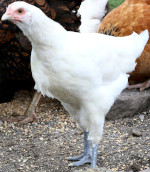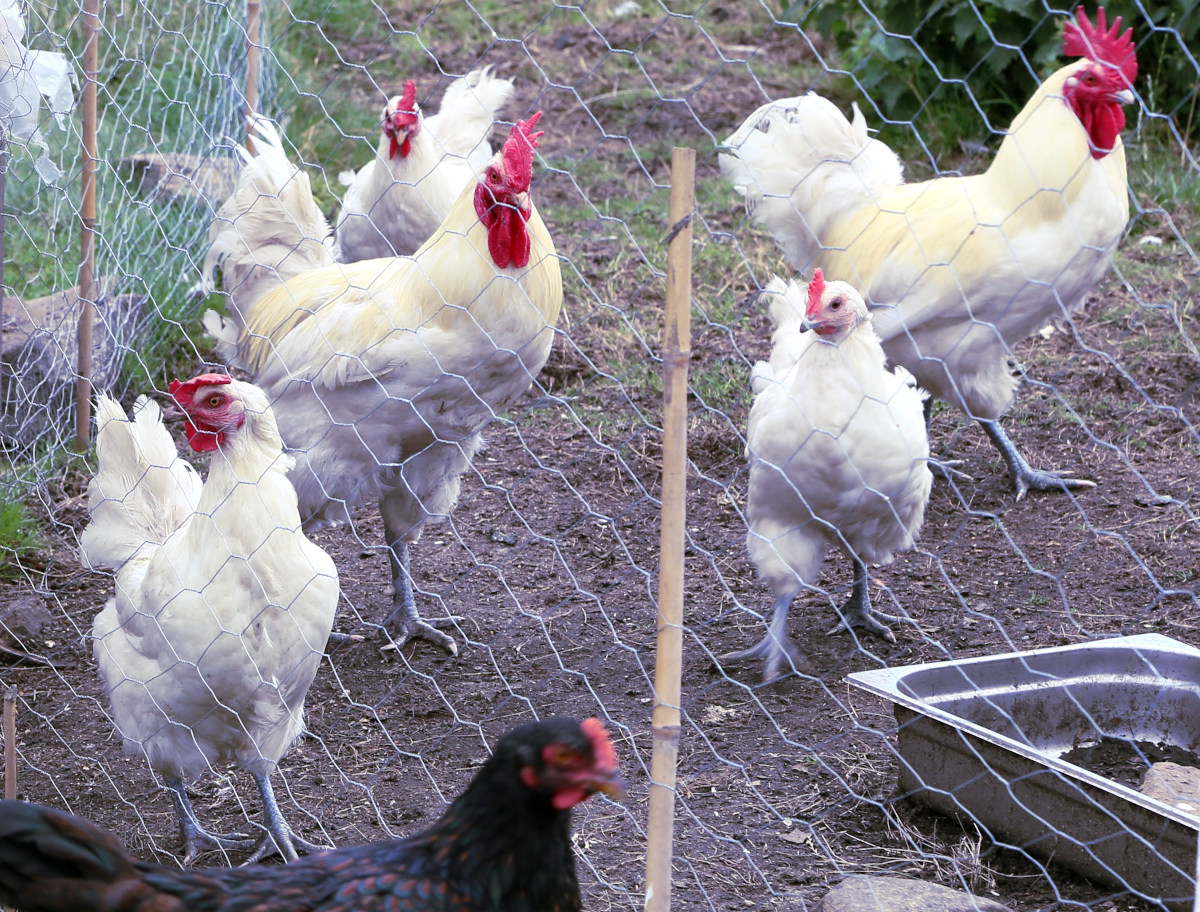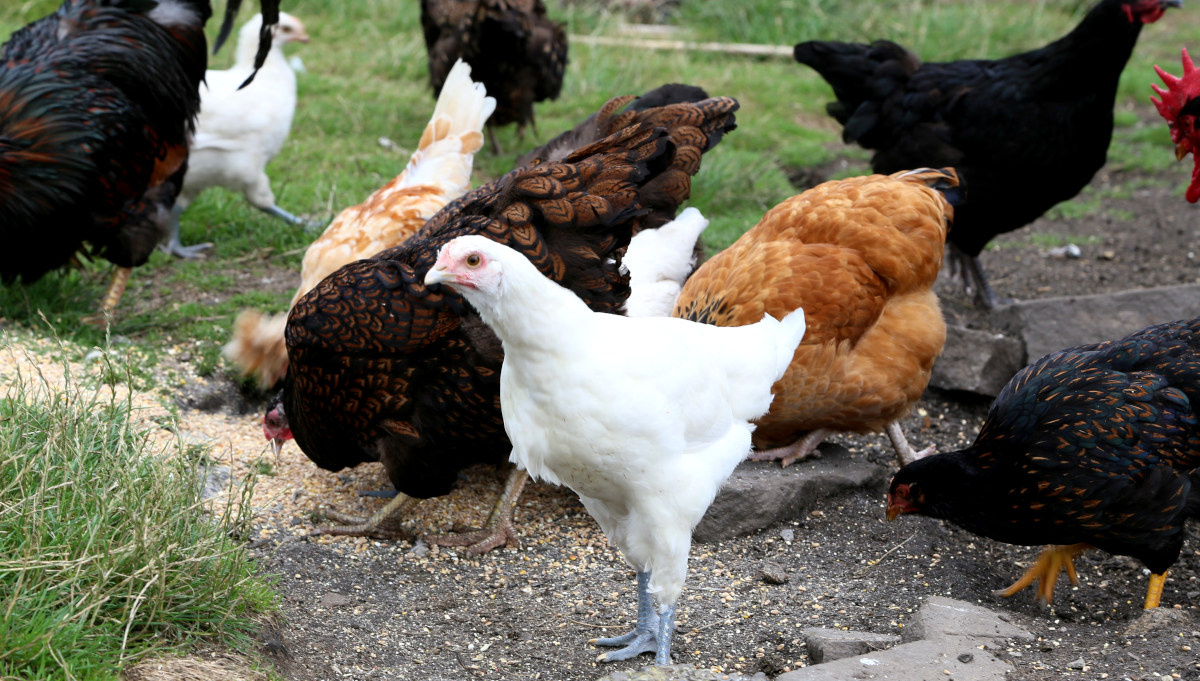Raising meat chickens or broilers at home. A comprehensive guide.
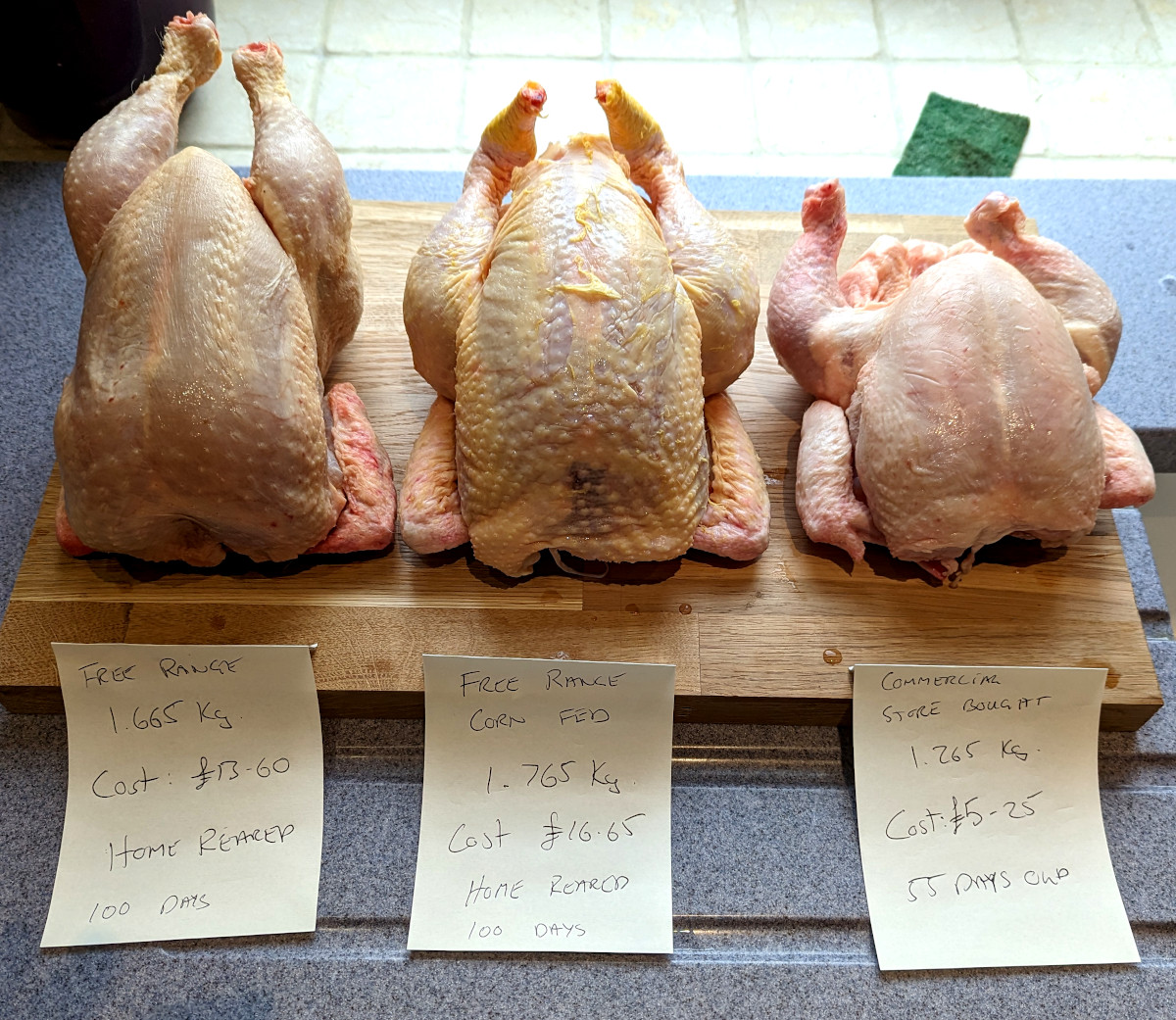
With the increasing demand for locally sourced and sustainably raised meat, home rearing chickens has become a popular alternative to commercial produced birds and methods.
Table of Contents
Raising meat chickens, also known as broiler chickens, is different from raising egg-laying, show or pet chickens in several ways. Meat chickens are a fast-growing breed that is specially bred and raised for meat production, while egg-laying or pet chickens are bred for their egg production or as companions, respectively.
Starting a meat chicken operation can seem daunting, especially if you are new to poultry farming. In this comprehensive guide, we will walk you through the process of raising meat chickens, from selecting the right breed to processing the birds for meat.
Is raising meat chickens different to regular chickens?
Over the years I have been keeping chickens I have eating a lot of surplus roosters as well as heritage meat chickens and commercial hybrids.
Raising meat chickens is different from raising egg-laying or pet chickens because:
- They require a different diet and higher protein feed,
- Normally arrive as day old chicks,
- Broilers can not tolerate any temperature extremes,
- Broilers need special coops and housing,
- The costs are different,
- They normally only live for between 55 and 120 days before they are slaughtered,
- Care and handling methods differ from regular chickens.
Meat chickens are typically fed a balanced diet to help them grow quickly and reach their ideal slaughter weight in just 8-12 weeks, whereas egg producing are usually fed a diet designed to provide them with the necessary nutrients for egg production.
Broiler chickens are often raised in large, temperature-controlled facilities, whereas egg-laying and pet chickens are often kept in smaller flocks and may be allowed to roam freely.
The living conditions for meat chickens is quite different than those for egg-laying and pet chickens, with meat chickens often being kept in crowded conditions to maximise their growth rate, while egg-laying and pet chickens may have more room to move around and perch.
The handling and slaughter of meat chickens is also different, as they are typically processed on a larger scale in specialised facilities, while egg-laying and pet chickens may be handled and processed on a smaller scale, or not at all.
Choosing the right breed of meat chicken.
The first step in raising meat chickens is choosing the right breed. Not all chicken breeds are created equal when it comes to meat production and others are better suited for egg laying.
When choosing a broiler, consider the following factors:
- Growth rate: The faster a chicken grows, the sooner it will reach slaughter weight, and the more meat you will be able to produce.
- Feed conversion rate: This is the ratio of feed to meat produced. A high feed conversion rate means that the chicken is efficient at converting feed into meat.
- Carcass quality: The meat of some breeds is more tender and flavorful than others.
Some popular meat chicken breeds and hybrids include:
- Cornish Cross: This is the most common breed used for commercial meat production. They grow quickly and have a high feed conversion rate.
- Hubbard: Fast growing modern commercial meat hybrid.
- Ixworth: This breed is known for its high meat-to-bone ratio, making them a good choice for those who want to maximise the amount of meat they get from each bird.
- Red Ranger: This breed is a slower growing alternative to the Cornish Cross, but is known for its flavorful meat and hardiness.
- Barnevelder: A dual purpose chicken that produces a large and flavourful carcass.
These breeds are fast-growing, have a good feed conversion ratio, and produce a large amount of meat.
Below: A young Bresse, a premium and expensive meat chicken.
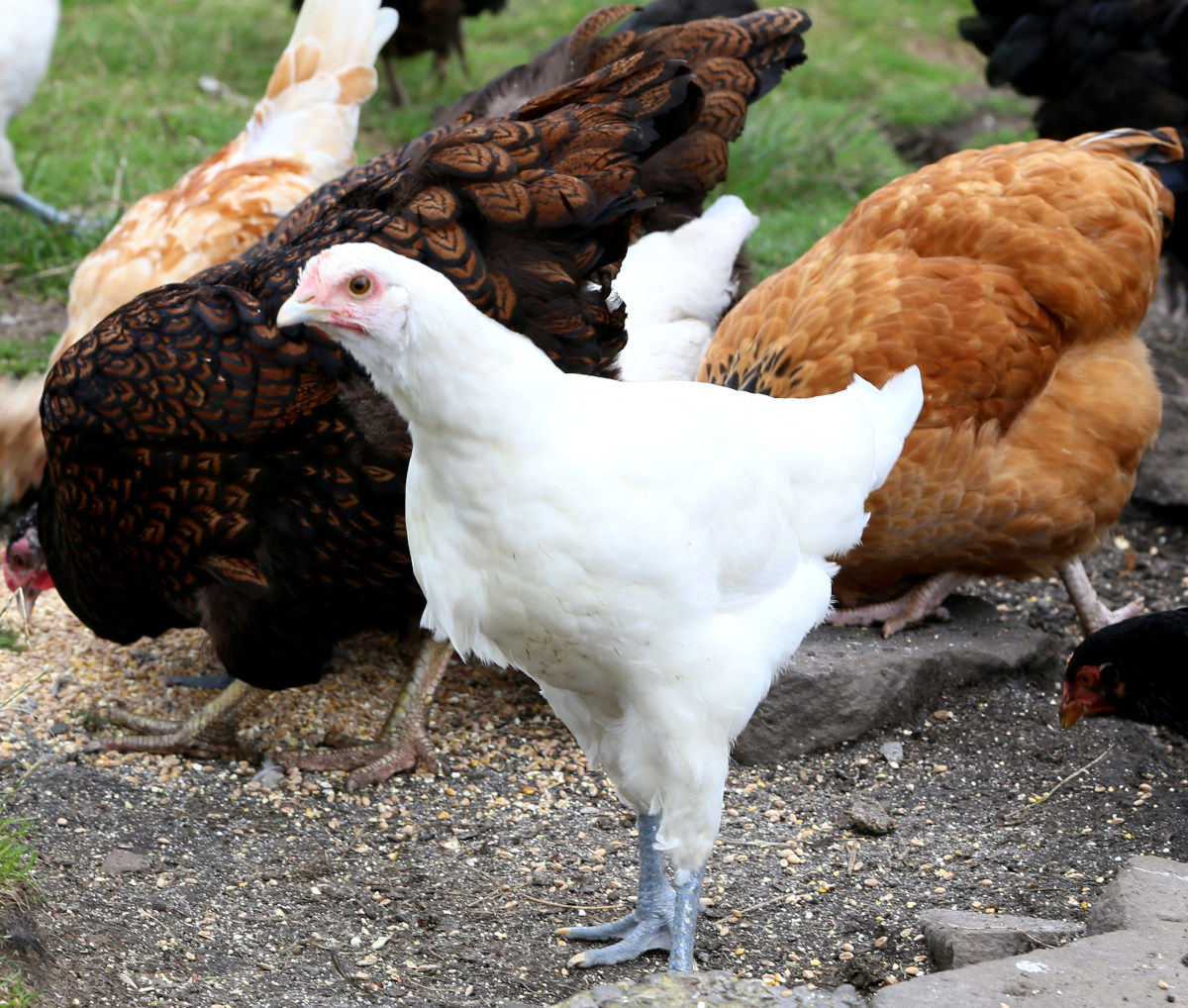
When selecting a breed, it is important to consider your local climate, available space, and personal preferences.
Hatching and rearing broiler chicks:
While you can keep a breed of meat chicken and rear your own they are usually purchased as day old chicks and batch reared. In the backyard environment this is normally in groups of between 10 and 50 birds at a time.
Below: A comparison between a broiler chicks and a regular chick. Both these birds are exactly the same age.
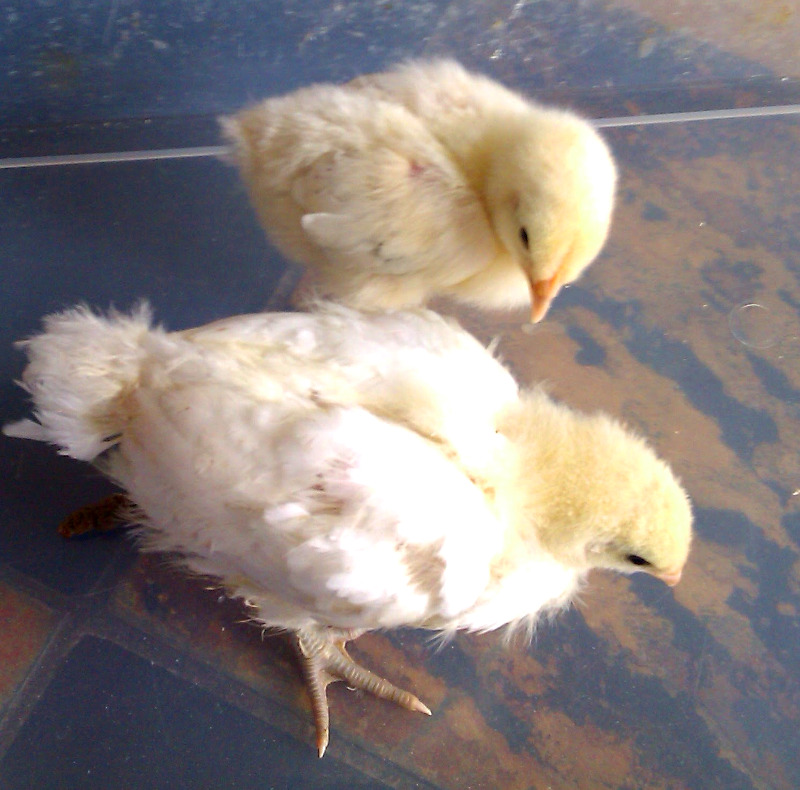
Meat chicks require light and heat 24 hours a day and should include as much natural light as you can give them.
Meat chicks grow fast and can be off heat in as little as 3 weeks if the conditions are right although they do need protecting from draughts as they are often poorly feathered.
Meat chicken chicks are started on a mash that may be as much as 24% protein which is then switched to a finisher 20% feed until they are ready for processing.
How to provide proper housing for your meat chickens:
Chickens need a safe, dry, and warm place to sleep, and a spacious area to move around and forage during the day.
- Size: The coop should be large enough to accommodate the number of chickens you have, but not so large that the chickens are not able to generate enough body heat to keep themselves warm.
- Easy to clean and sterilise: Broilers are typically raised and processed in batches and the coop needs to be thoroughly cleaned between cycles.
- Ventilation: Chickens produce a lot of moisture and ammonia, which can cause respiratory problems if not properly ventilated.
- Access to outdoor space: Chickens need access to outdoor space where they can forage for food and get fresh air.
Overcrowding, stress, ventilation problems and poor or insufficient food or water can cause feather pecking and cannibalism, this problem is particularly bad among broiler chickens.
Chickens need a secure and dry place to sleep, lay eggs, and protect themselves from the elements.
Options for chicken housing include coops, hutches, and portable chicken tractors.
When choosing a housing solution, consider the size of your flock, available space, and the cost.
Bedding for meat chickens:
All chickens need bedding and meat birds are no exception.
As they often spend all their lives on the floor and rarely perch or roost the bedding needs to be deep and fresh.
A 3 to 6 inch layer of wood shavings or rice husks is ideal and it should be turned daily and renewed at least once a week.
Do not use slippery surfaces or paper as bedding as meat chickens suffer from weak legs and other joint problems.
Feeding and watering meat birds:
All chickens need a balanced diet that includes protein, carbohydrates, fats and plenty of fresh clean drinking water. A balanced and nutritious diet is essential for the normal growth and development of your meat chickens.
Chickens need a mixture of grains, proteins, and greens to thrive. A commercial chicken feed is a convenient and balanced option, but you can also supplement their diet with pasture, fresh fruits and vegetables, kitchen scraps, and insects.
Providing your chickens with access to clean water at all times is essential for their health and growth. Meat chickens can die in as little as 24 hours without access to water
When feeding your chickens, consider the following:
- Age: Chickens have different nutritional requirements at different stages of growth.
- Breed: Some breeds have different nutritional requirements than others.
- Access to forage: Chickens also need access to fresh greens, insects, and other sources of protein.
- Local climate: Birds needing to be kept indoors will cost more and be more stressed.
It is important to provide them with clean and fresh water at all times as chickens are susceptible to dehydration, and it is essential to keep their water clean and free of bacteria and other contaminants.
Processing the birds:
When your chickens have reached slaughter weight, it is time to process them for meat.
Processing meat chickens or broilers involves:
- Withholding feed: Birds are starved for 24 hours,
- Slaughter: Birds are killed and bled,
- Scalding: This is the process of immersing the chicken in hot water to loosen the feathers, making it easier to remove them,
- Plucking: This involves removing the feathers from the chicken, either by hand or using a machine,
- Evisceration: This involves removing the internal organs of the chicken, including the heart, liver, and intestines, as well as the neck, crop, and gizzard,
- Chilling: After the evisceration and plucking, the chicken is chilled to a safe temperature to prevent the growth of bacteria,
- Cutting: The chicken is cut into various pieces, such as breasts, legs, and wings, for packaging and distribution,
- Waste disposal: All the guts and blood need to be safely disposed of.
- Further Processing: Some chicken may undergo further processing, such as marination, breading, or smoking, to enhance flavor or texture.
It's important to note that these steps must be performed in a safe and hygienic manner to ensure that the chicken is safe for consumption.
You can process your meat chickens at home if you have the experience or you can pay a processor to do they job for you.
Maintaining the health of your meat chickens is essential for their growth and productivity.
Regular check-ups and preventive measures, such as vaccinations and parasite control, can help keep your flock healthy. Additionally, monitoring for signs of illness and seeking veterinary care if necessary can help prevent the spread of disease in your flock.
